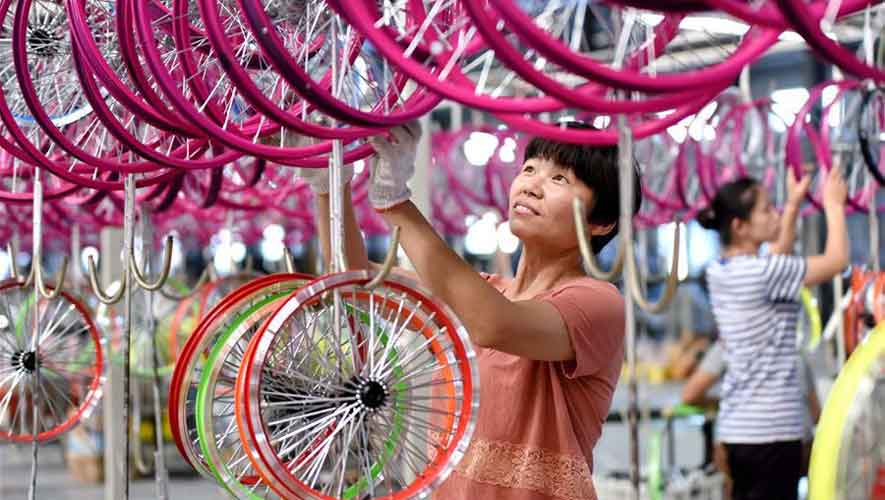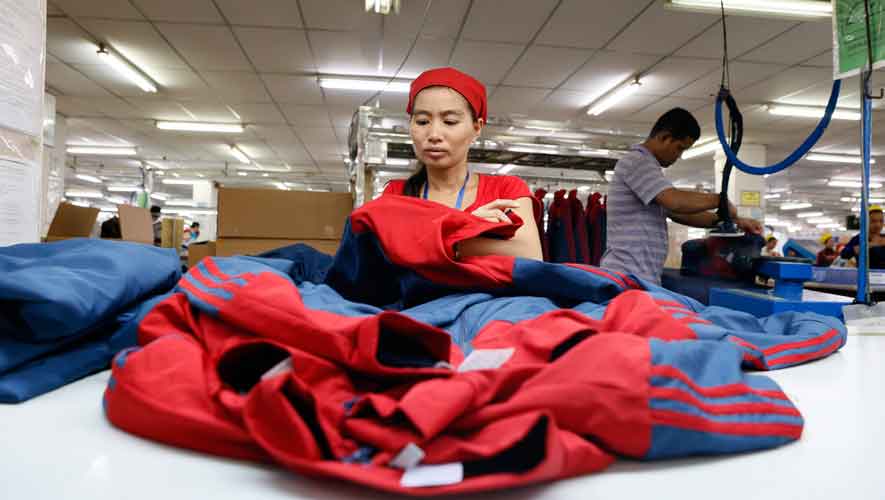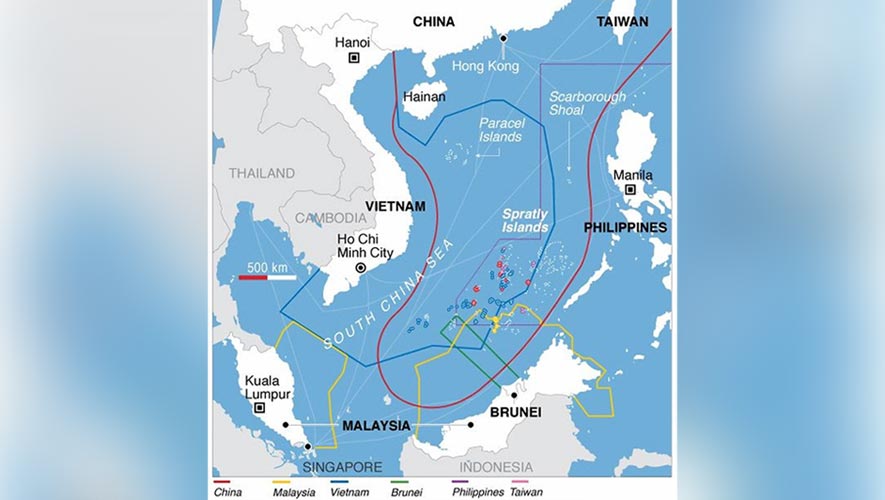Instead of playing the blame game, Cambodia should focus on its next economic phase
For the latest Cambodian Business news, visit Khmer Times Business
How much does investment climate matter? Business opportunities—as reflected in the size and growth potential of markets—are the most powerful drivers of foreign direct investments. But investment climate features such as strong institutions, and investor-friendly regulations also matter and might even boost the development impact of the investment. Moreover, many elements of the investment climate can be reformed in the short run and at comparatively low cost. Improving the investment climate therefore offers an excellent opportunity for countries seeking to attract foreign direct investments, says World Bank.
What drives decisions on where to invest? Research has identified motivations driving companies to undertake different types of FDI: Natural-resource-seeking FDI—to gain access to a natural resource not available in the company’s home market; Market-seeking FDI—to gain access to new customers, clients, and export markets; Efficiency-seeking FDI—to reduce production costs by gaining access to new technologies or competitively priced inputs and labour, or Strategic-asset-seeking FDI—to go after strategic assets in a local economy such as brands, new technologies or distribution channels. However, these drivers do not highlight the importance of the quality of institutions and regulations in the host economy—that is, its investment climate. This is what the research by World Bank shows.
In the Cambodian context, it would be rather difficult, if not impossible to justify any of these except when the Cambodian investment law was promulgated, it wanted to be the most attractive and competitive in the region, geared towards creating mass employment.
Given the low set of skills available in 1994, the industry of choice was the cut and sew garment sector and as years went by, with trade benefits such as GSP, MFN and EBA coming into the picture, more of these industries flocked to Cambodia, taking advantage of the low labour cost, undisciplined as they may have been; these were overbearing benefits that enabled investors to put up with low productivity, extremely low levels of skill, high energy costs, high transportation costs, a bureaucracy determined to put a damper on business and production, and the scourge of investments, corruption.
Even with the changes to the investment law, the most drastic was the standardisation of corporate tax from the initial eight percent to 20 percent and the scaling down of tax breaks from eight years to three years on the average, investors in the garment and footwear sectors continued to flock to Cambodia, and amazingly with the possibility of EBA being withdrawn.
The magnet of investment in Cambodia amid rising labour costs, unnecessary added costs, some of which have fortunately been abolished, continued, albeit at a slower pace. The economy, which was export-driven soon saw a shift to construction, tourism and garments becoming the mainstay of the economy whereas 80 percent of the population remained in the farming sector.

That no downstream agricultural activities were not taking off is still going largely unnoticed as producers of commodities choose the easy way of making money, just have a one-step production before trucking it across the border to Vietnam, and to a smaller extent, Thailand to make their profits.
Despite thousands of hectares of rubber plantation, not a single factory exists to produce a rudimentary product like a bicycle tube or a motorcycle tire although there are scores of motorcycles in Cambodia.
When the rice sector came under threat with the onset of safeguards, they all blamed EBA and the recalcitrant politicians but it did not look at Cambodia’s own weakness such as high cost of milling, low quality paddy, easier chore of transporting paddy across the border and getting paid in cash, and more frustrating were the lame emotional excuse and arguments presented to the EU as to why the safeguards should not be imposed.Half-hearted emotion rather than sound technical and scientific rationales by inexperienced and unknowledgeable lobbyists from the Cambodia Rice Federation and the Ministry of Commerce saw the potential of hundreds of thousands of tonnes of rice exports to EU being curtailed. Many exporters did not even know semi-husked paddy could be exported. That was the level of ignorance that plagues the Cambodian rice industry.
Even though China increased its order, Cambodia was not even able to fulfill the 2018 export quota to China.
Having said that, the garment sector, which has been pampered by the government, is still set to become a sunset industry as rising labour costs would sooner or later make the exports of “Made in Cambodia” garments uncompetitive except for the possibility of production of high-end fashion ware, which in any case, probably does not even exist in Cambodia.
Thus, it came as a relief when the government moved to gather input from the private sector and development partners to amend the country’s investment law and make the country a more attractive destination for foreign investment.
But given that the six months observation period of EBA revocation has kicked in, is this exercise of getting input from stakeholders and international agencies a futile exercise?
Whatever happened to the Industrial Development Plan 2015? Was it not drawn up to prepare for the eventuality of the EBA being withdrawn at some point? Why wasn’t the plan brought into play despite its adoption by the Council of Ministers in 2015?
“Cambodia has yet to have clear policies, strategies and directions for its industrial development. The growth of this sector was driven by general market conditions across various sectors and geographical locations throughout the country, which explains the current situation where development seems to be sporadic or highly concentrated in some sectors or areas, and the lack of coherence in exploiting investment potentials vis-à-vis the provision of support infrastructure, public services, labour supply and so on. In this regard, the Royal Government should develop areas where industrial investment potentials exist by way of providing adequate public infrastructure investment and other essential public services supportive of industrial activities, and responsive to the improvement of workers’ wellbeing. All these facilitation actions would go a long way toward creating favourable conditions for the development and growth of the industrial sector,” Article 2.2 of the plan says, under the “Key challenges of Industrial Development in Cambodia.”

Has anything changed since then? Or, has it been status quo with the feel good factor, which is all self-consuming and self-pleasing but unrealistic in nature and inadequate to face the economic challenges which the country will face in the coming years in an increasingly polarised global trading world where free trade and globalisation are now fast becoming mere taglines rather than the norm.
The question then is, aren’t these shortcomings acutely and painfully visible, present and inherently dangerous to Cambodia’s economic agenda?
For a developing and transition economy like Cambodia, perhaps more important than market size and market growth potential is economic competitiveness.
In 1776, when Adam Smith wrote The Wealth of Nations, the richest country in the world was approximately four times wealthier than the poorest. Today, the world’s richest country is more than 400 times richer than the poorest, says World Bank.
FDI matters but not all FDI is created equal. While FDI is important for economic growth, not all FDI is the same. Restrictions on foreign trade all too often harm the very people they aim to protect, writes Donald J. Boudreaux, Senior Fellow, F. A. Hayek Programme for Advanced Study in Philosophy, Politics, and Economics.
Free trade does not create more jobs, neither does protectionism. Free trade may reduce jobs in inefficient industries but it frees up resources to create jobs in efficient industries, boosting overall wages and improving living standards.
The final analysis is what Cambodia should be looking at instead of crying foul over the impending withdrawal of the EBA. CapCam




